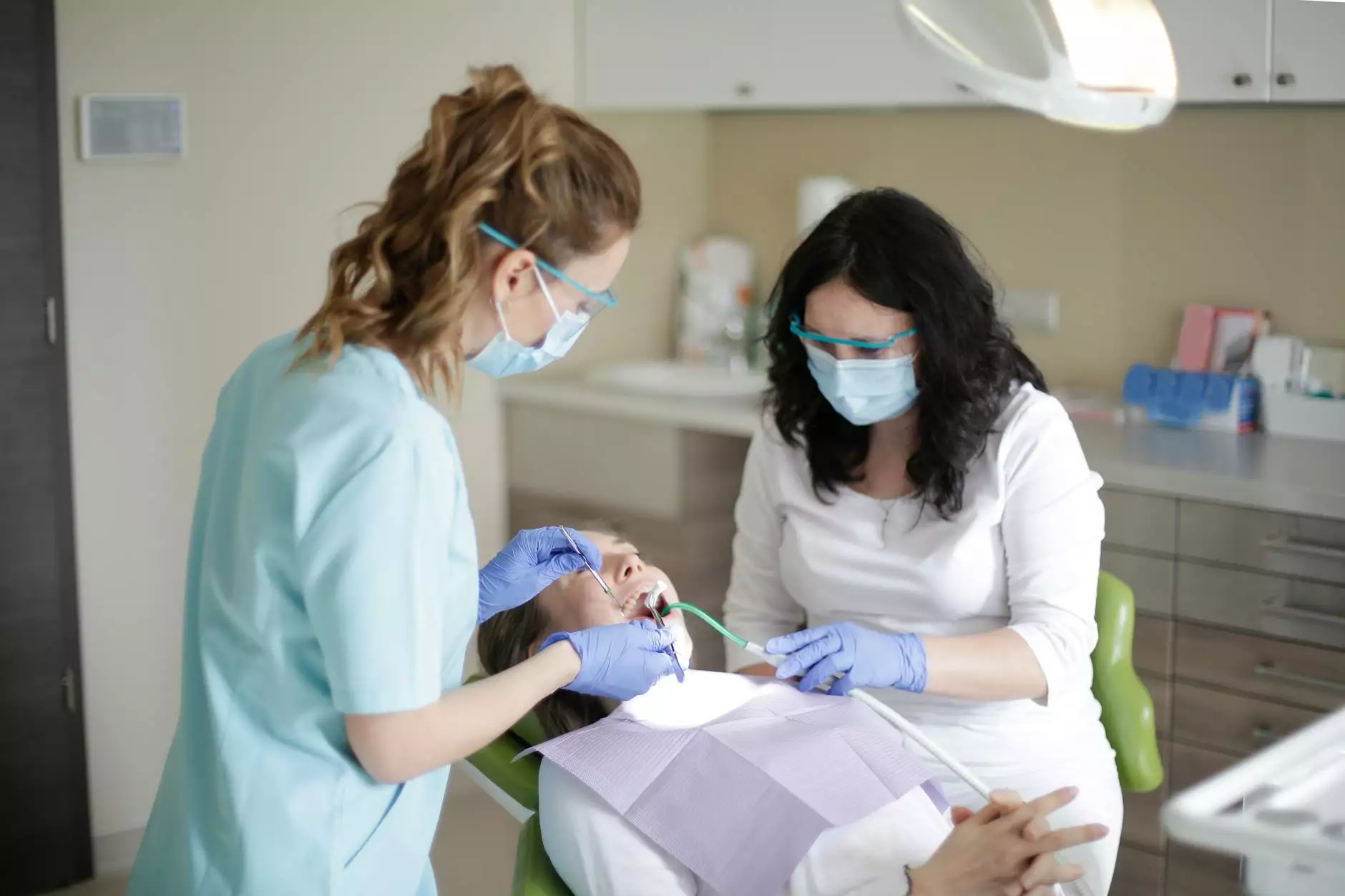Understanding Diastasis Recti in Singapore: Causes, Treatment, and Prevention

Diastasis recti is a condition that affects many individuals, particularly women after childbirth, and it is gaining attention in places like Singapore. This article aims to provide a comprehensive understanding of diastasis recti, including its causes, signs, available treatment options, and preventive measures. At Hello Physio, we focus on Health & Medical issues, Sports Medicine, and Physical Therapy, ensuring that our content helps you navigate through your health challenges effectively.
What is Diastasis Recti?
Diastasis recti is defined as the separation of the left and right sides of the rectus abdominis muscle, leading to a bulging appearance in the abdomen. This condition is most prevalent during and after pregnancy but can also occur due to factors unrelated to childbirth, such as significant weight gain and improper core training.
Causes of Diastasis Recti
The most common causes of diastasis recti include:
- Pregnancy: The growing uterus can stretch the abdominal muscles.
- Obesity: Excess weight may put pressure on the abdominal wall.
- Improper exercise: Engaging in exercises that put excessive strain on the abdominal muscles can lead to this condition.
- Aging: Muscle elasticity tends to decrease with age, which can contribute to the occurrence of diastasis recti.
- Genetic predisposition: Some individuals may be more prone to this condition due to their genetic makeup.
Signs and Symptoms of Diastasis Recti
Recognizing the signs of diastasis recti is crucial for early intervention. Common symptoms include:
- Bulging Belly: A noticeable protrusion in the midline of the abdomen.
- Lower Back Pain: Weakness in core muscles can lead to misalignment and discomfort in the lower back.
- Pelvic Floor Issues: Difficulty with bladder control and pelvic organ support may arise.
- Difficulty with Certain Movements: Activities like heavy lifting or even getting up from a lying position may become challenging.
Diagnosis of Diastasis Recti
Diagnosing diastasis recti typically involves a physical examination. A healthcare provider may perform the following assessments:
- Visual Inspection: Looking for the characteristic bulge in the abdomen.
- Physical Examination: The doctor may ask you to perform a "crunch" or a similar movement to assess the separation of the abdominal muscles.
- Measurement: A tape measure can be used to quantify the separation, often referred to as the "gap".
Treatment Options for Diastasis Recti
There are various treatment options available for managing diastasis recti. These include:
1. Physical Therapy
Engaging in physical therapy with a qualified professional is one of the most effective ways to address diastasis recti. Therapeutic exercises can help:
- Strengthen the core muscles.
- Improve pelvic stability.
- Teach proper lifting techniques to avoid further strain.
2. Specialized Exercises
Specific exercises aimed at closing the gap between the abdominal muscles should be undertaken, such as:
- Pelvic Tilts: Strengthen the pelvic floor and lower back muscles.
- Kegel Exercises: Focus on pelvic floor strengthening.
- Modified Planks: Engage the core without straining the abdomen.
3. Surgical Options
In more severe cases, surgery might be advised. A tummy tuck (abdominoplasty) can repair the abdominal separation while improving the overall contour of the abdomen. Consultation with a surgeon specializing in abdominal procedures is crucial for those considering this route.
Preventing Diastasis Recti
Prevention is always better than cure. To minimize the risk of developing diastasis recti, consider the following:
- Maintain a Healthy Weight: Keeping your weight within a healthy range can reduce the risk.
- Engage in Core Strengthening Exercises: Regularly practice exercises that bolster the core without putting undue pressure on the abdominal wall.
- Practice Good Posture: Maintaining proper posture can help prevent stress on the abdominal muscles.
- Avoid Heavy Lifting: If you need to lift something heavy, ensure you are using proper techniques to engage your core.
- Seek Professional Guidance: Work with a physiotherapist familiar with diastasis recti for personalized advice.
The Role of Hello Physio in Managing Diastasis Recti in Singapore
At Hello Physio, we specialize in conditions like diastasis recti and offer tailored physical therapy solutions to help individuals in Singapore manage and overcome this issue. Our experienced physiotherapists employ a multidisciplinary approach, ensuring that each treatment plan is customized according to the unique needs of our clients.
Why Choose Hello Physio?
- Expert Team: Our team consists of certified physiotherapists with expertise in diastasis recti and postpartum recovery.
- Comprehensive Assessments: We provide thorough assessments to tailor treatment that suits you best.
- Supportive Environment: We strive to create a welcoming environment conducive to recovery.
- Evidence-Based Practices: Our treatment methods are backed by current research to ensure efficacy.
Conclusion
Diastasis recti is a common condition that can have a significant impact on an individual's physical wellbeing. However, with the right knowledge, interventions, and support from professionals like those at Hello Physio, individuals in Singapore can effectively manage and recover from this condition. Taking proactive steps in understanding, treating, and preventing diastasis recti can lead to a stronger, healthier core and overall wellbeing.
© 2023 Hello Physio - Your trusted resource for health and wellness in Singapore.
diastasis recti Singapore








